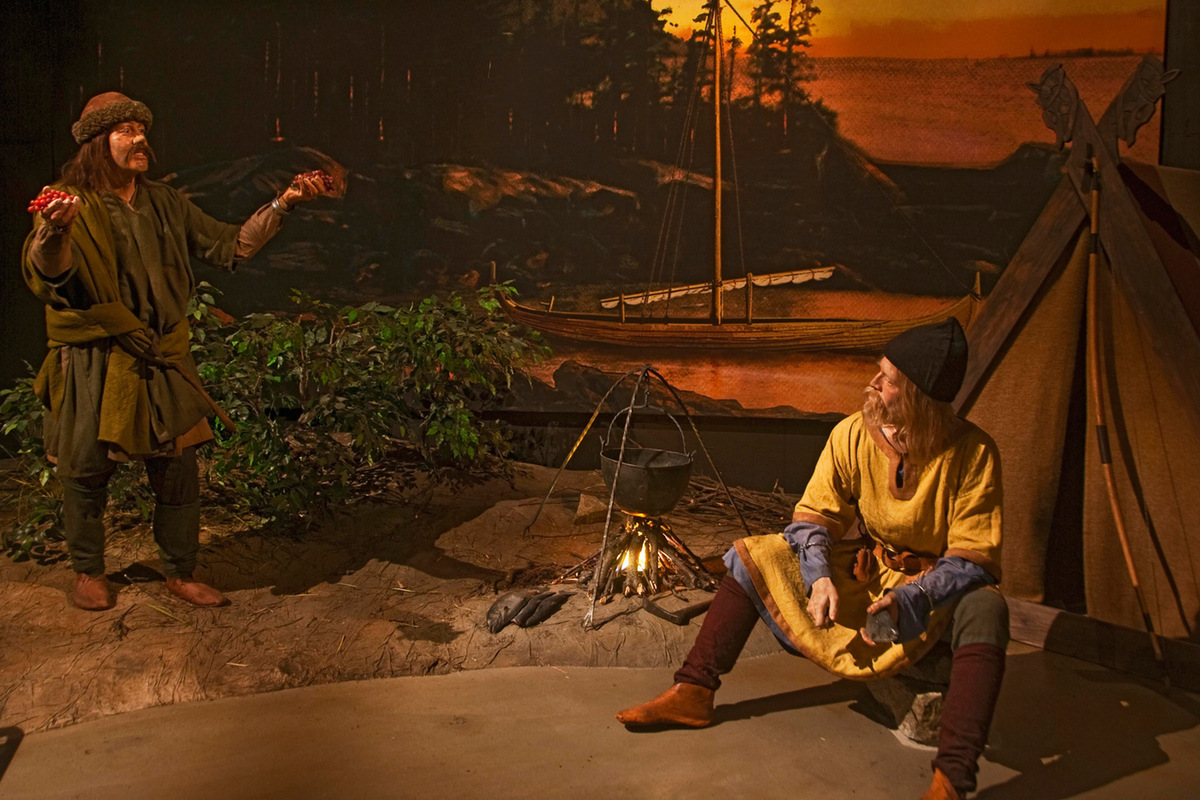Scientists have revealed the sensational achievements of the Vikings in the field of dentistry
[ad_1]

The ancient Scandinavians could fill cavities and pull out teeth
A new analysis of Viking Age teeth dating back about a thousand years has given scientists an interesting insight into dentistry at the time, which appears to have been more advanced than previously thought. For this purpose, 3 thousand teeth were studied.
Researchers from the University of Gothenburg and the Västergötlands Museum in Sweden studied a total of more than three thousand teeth from 171 Vikings, including both children and adults. Teeth are known to be durable, making them more likely to survive in the ground.
To obtain similar information about the dentistry of the early Middle Ages, modern dental research was carried out on teeth, including the use of X-rays and dental probes, and it turned out that these Scandinavians did not allow their jaws to rot.
“There were several signs that the Vikings modified their teeth, including evidence of the use of toothpicks, filing down front teeth and even treating teeth with infections,” said dentist Caroline Bertilsson.
According to scientists, the teeth date back to the 10th to 12th centuries AD and were collected from the famous archaeological site of Varnhem in Sweden. This excavation site has soil conditions conducive to the preservation of remains, including bones and teeth.
Of the adult teeth analyzed, 13 percent were affected by caries, often on the root surfaces. Tooth loss was also common, with adults losing an average of 6 percent of their teeth, excluding wisdom teeth. However, no signs of caries were found on teeth taken from children under 12 years of age.
Notably, signs of dental treatment were also seen, including attempts to fill holes left by molars – most likely to relieve some of the toothache that may have resulted from infection.
“It’s very exciting and not unlike the dental procedures we do today, where we drill into infected teeth,” says Caroline Bertilsson.
She believes that “the Vikings seemed to have knowledge of teeth, but we don’t know whether they performed these procedures themselves or had help.”
As for the deliberate filing of the front teeth found in one person, the researchers believe it may have been done to identify the person for some reason. This has been seen in other studies done before.
Another remarkable discovery is that by age 40, tooth loss was a much bigger problem for the Vikings than tooth decay—even with their toothpicks and basic treatments.
“This study provides new insight into Viking oral health and indicates that teeth were important in Norman culture,” emphasizes Caroline Bertilsson, adding that dentistry at the time was much more complex than previously thought.
[ad_2]
Source link








